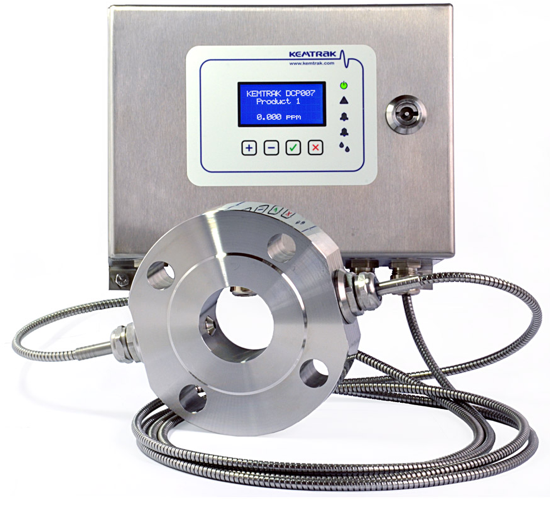Chemical
Color measurement
Process color measurements of liquids are a vital part of many operations where precise process control and high product quality standards are desired.
Color measurements are commonly used for number of reasons, including:
- color addition control
- color removal control – optimize filtration or ion beds used to strip color
- color avoidance – leak detection, yellowness caused from overheating or charring, contamination detection
- dilution and dosing control
- quality assurance & control

Some common color scales used in the chemistry industry include:
Hazen (APHA) is a measure of yellowness originally designed to evaluate the color of near-colorless waste waters by visual comparison with a platinum-cobalt (PtCo) stock solution.
Iodine color ranges from yellow to brown defined by specified dilutions of an iodine solution. Used for solvents, plastics, resins, oils and fatty acids.
Saybolt (ASTM) covers the determination of the color of refined oils such as undyed motor and aviation gasoline, jet propulsion fuels, naphthas and kerosene, and in addition, petroleum waxes and pharmaceutical white oils.
The Kemtrak DCP007 LED process photometer with in-line measurement cell can instantly detect minute changes in color that is beyond the sensitivity of the human eye and will furthermore eliminate operator interpretation errors.
The Kemtrak DCP007 uses a proprietary dual wavelength four channel measurement technique and advanced digital electronics design to provide deep absorbance measurement to 5 AU using a 1cm optical path-length. A range of shorter optical pathlengths allow for deeper absorbance measurements. Automatic compensation for sample turbidity and/or fouling of the optical windows ensures trouble free operation. The resulting measurements are very accurate with low drift and long-term calibration stability.
